Talk of U-turns visibly upsets Pat Farrell, the sales and marketing director of Daewoo Cars UK. “We never said we wouldn't use dealers – you can never say never in this business,” said Mr Farrell, an automotive industry veteran of more than 28 years.
The question arose following the announcement that, six years after launching in the UK, Daewoo would start to recruit franchised dealers for the first time.
This was the company which portrayed car dealers as sharks in 1996, so incurring the wrath of many franchised dealers. “That was just a bit of fun,” said Mr Farrell.
When he was head-hunted by Daewoo in 1994 to launch the South Korean brand in the UK, he saw it as a chance to do something different.
“None of what we did was new – we took bits from all over the place, especially retailers outside the trade and looked closely at what Saturn was doing in the US,” he said. Saturn, a General Motors subsidiary, has also tried to pioneer a new way of selling cars.
“The car industry was lagging behind companies like Marks and Spencer – at that time – and we felt there was something to be done there,” he said. “We wanted a customer-focused territory to call our own.”
Mr Farrell, 52, did enough then to be named Marketer of the Year by the Marketing Society and Direct Marketer of the Year by Campaign and UK Direct.
And he obviously takes some satisfaction from the fact that other companies have adopted at least part of the Daewoo philosophy of having 'meeters and greeters' in showrooms rather than salespeople pushing hard to earn commission.
But having the idea and doing it well are two different stories. “I think we have been good at implementing our philosophy and can offer that experience to our potential partners,” he said.
Dealers who sign up to Daewoo will become part of a team that claims to be the most customer-focused in the business. The other point about what has been headlined 'Daewoo's U-turn' concerns Halfords, which Daewoo uses as servicing outlets and for some sales.
“We had 134 Halfords outlets in 1995, now we have 44,” he said. “We are weaning ourselves off them and they always knew it would be a changing picture.”
Halfords will be retained in remote areas, said Mr Farrell. He is seeking a way for Daewoo to take 3% of the UK retail market and 2.5% of total sales – about 50,000 cars a year.
Mr Farrell started to plan the strategy as GM moved into the final phase of acquiring all or part of Daewoo.
If that doesn't happen – and Daewoo is 99% certain it will –the Koreans have prepared their own restructuring plan.
“Some dealers are more worried about this than others who are more concerned about their relationship with us as the importer,” said Mr Farrell.
The UK plan is to have 80-90 dealer-owned outlets and for Daewoo to keep between 25 to 30 of its own sites.
Successful Halfords sites have been selling 250-300 new cars a year and even some of the support sites, which do not have showrooms, have been selling 100-150 cars a year. Daewoo's own sites sell about 700 cars a year each.
Mr Farrell calculates that there are about 30 towns where Daewoo needs representation, and the marque is particularly weak in the Midlands, especially in the Sutton Coldfield and Tamworth areas.
Some of the original Daewoo centres, including those in Bristol and Gloucester, sold cars well but were not prestigious and needed revamping.
He believed Daewoo had achieved much in terms of customer care – many customers were evangelical about the brand – which should not be thrown away lightly. “It differentiates us, is unique and is relevant to today's market,” he said. The move to appoint franchised dealers was because of Daewoo's determination to expand more quickly in the UK.
“We have been through a difficult period which has undermined confidence and we're just not big enough to be resilient enough when sales drop,” he said. “We need more sites and we need to be more resilient.”
There would be no money available in Korea to fund expansion, he said.
Mr Farrell said Daewoo needed to sort out its product line-up. This would start with next year's Fiesta-sized T-car, bridging the gap between Matiz and Lanos which he described as too big to compete properly in the B-segment. “The range is out of kilter and needs re-aligning,” he said



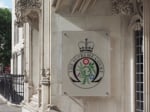
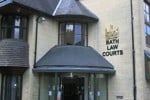

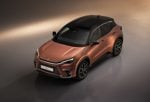

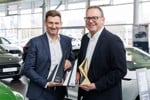

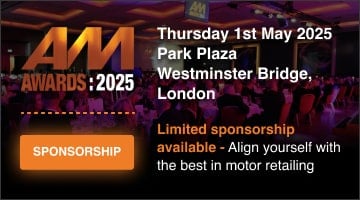



Login to comment
Comments
No comments have been made yet.